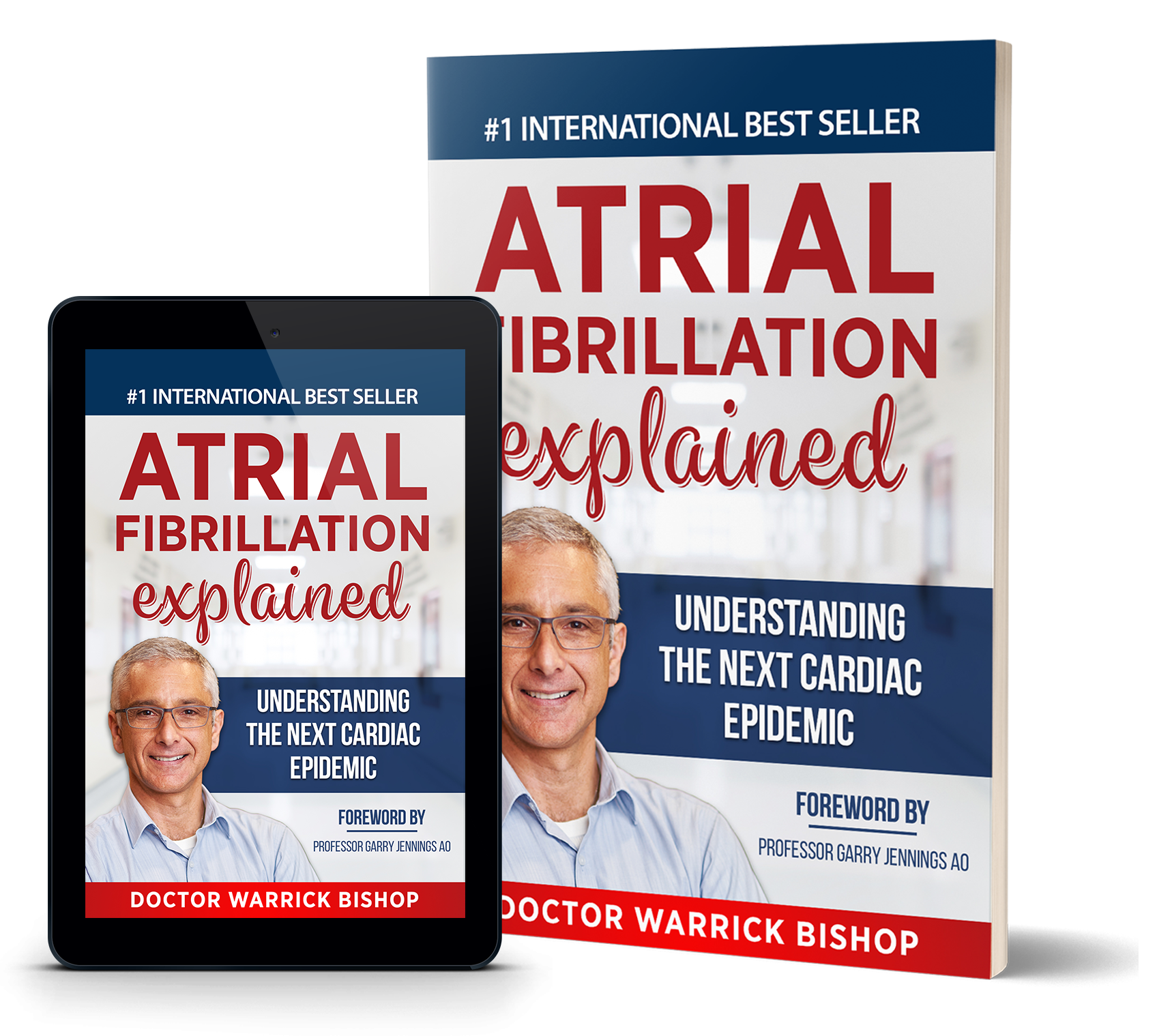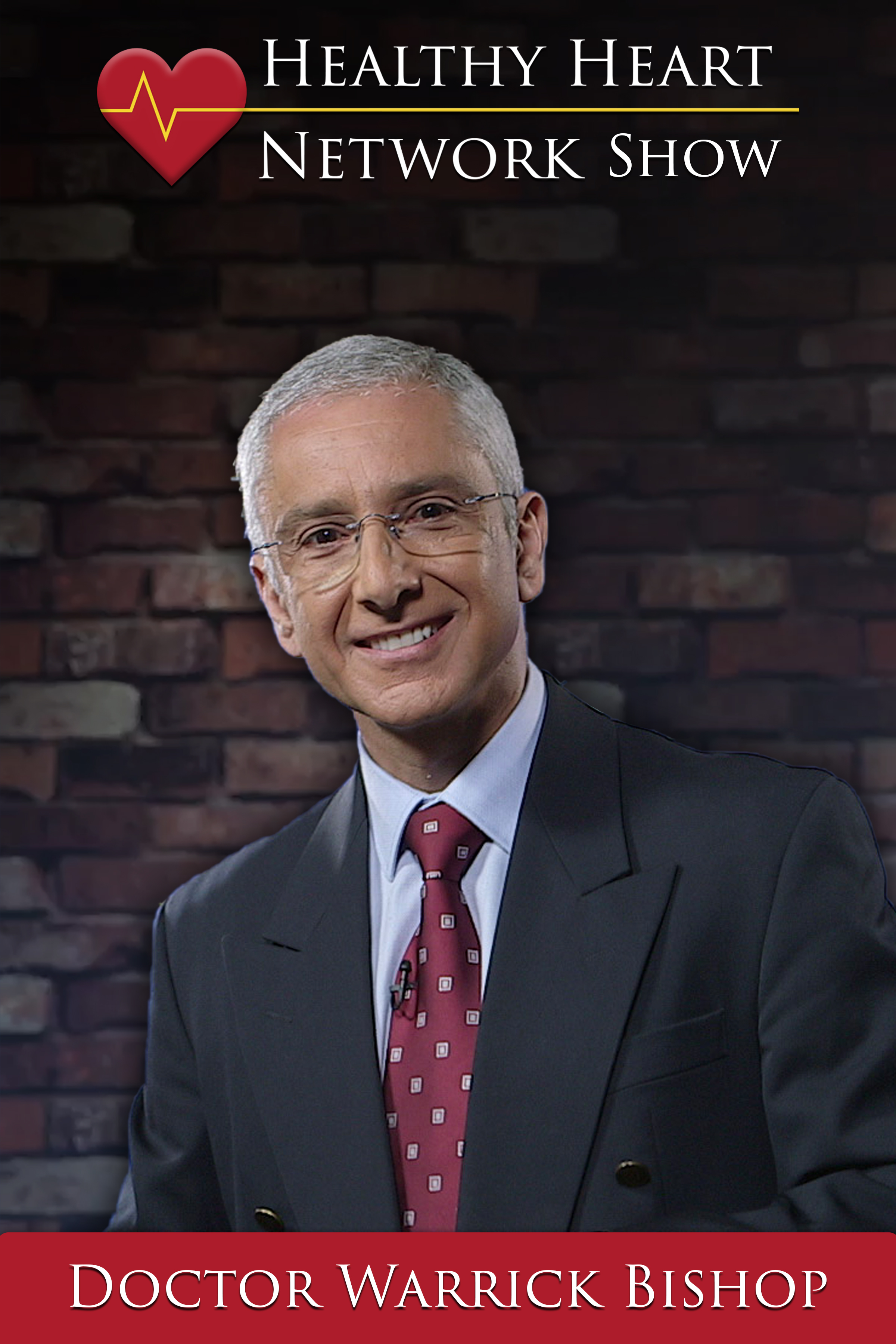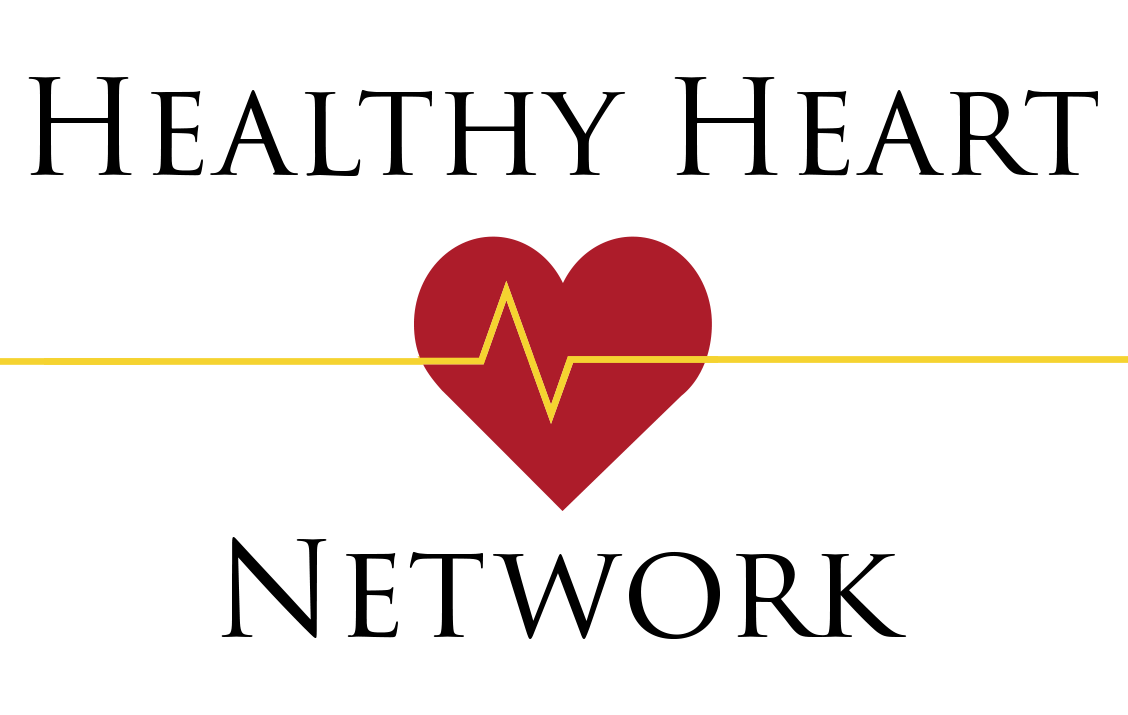Welcome to my podcast. I am Doctor Warrick Bishop, and I want to help you to live as well as possible for as long as possible. I’m a practising cardiologist, best-selling author, keynote speaker, and the creator of The Healthy Heart Network. I have over 20 years as a specialist cardiologist and a private practice of over 10,000 patients.
This episode discusses the difference between white fat and brown fat. White fat stores energy and can cause health problems, while brown fat helps regulate temperature in young mammals through non-shivering thermogenesis. This process involves mitochondrial uncoupling protein 1 that generates heat instead of ATP.
Though humans have less brown fat as adults, we still possess some. Scientists are researching ways to activate brown fat to help burn calories and promote weight loss, such as blocking purines that inhibit mitochondrial uncoupling protein 1. Cold exposure may also stimulate brown fat thermogenesis and metabolism. Activating brown fat could help reduce weight by consuming excess calories.
Takeaways:
- There are two types of fat in the body: white fat and brown fat.
- White fat is the type that accumulates around the stomach and is an energy store. However, too much white fat can cause inflammation and insulin resistance.
- Brown fat is typically found in babies and young children. It helps regulate body temperature through non-shivering thermogenesis.
- Brown fat can generate heat by bypassing the ATP synthesis process in mitochondria through a protein called mitochondrial uncoupling protein 1.
- Activating brown fat could help burn calories and potentially aid in weight loss.
- Cold exposure may help stimulate and activate brown fat.
- Cold showers and exposure can trigger proteins that increase metabolism and brown fat activity.
- Targeting the process that blocks mitochondrial uncoupling protein 1 may help activate brown fat for weight loss in the future.
- Coronary artery disease kills one in four people. Evaluating risk factors is important.
- www.virtualheartcheck.com.au provides information on heart disease risk evaluation.
Australia, like the rest of the western world, has a heart problem.
Over 9 million people around the world die from heart disease every year.
Every 10 minutes, someone in Australia suffers a heart attack. And 21 lives are lost daily because of it.
The devastating fact in all of this is…
Almost every one of those cases could have been prevented.
This podcast is for anyone who wants to improve their health literacy and gain information to help them make the best decisions about their risk of heart attack, their cholesterol, blood pressure, risk of diabetes, weight loss and general health. Join me on my personal mission journey to prevent Heart Attack on a global scale. If you like this podcast, I would be honoured by a 5-star review and appreciate if you let your friends and family know about this podcast; you may even save the life of someone you love!
Are You at Risk of a Sudden Heart Attack? How Healthy is Your Heart? Really?
Heart disease is the #1 killer in the Western World. In Australia, someone dies every 28 minutes from heart disease. That’s 51 people a day. In the US, someone has a heart attack every 40 SECONDS! Fortunately, many heart attacks are preventable. However, regular exercise and eating healthy are no guarantee you won’t succumb to this silent killer.
- 94% of Australians have at least One Risk Factor for heart disease.
- 59% of Australians have been Touched by heart disease.
- Yet only 3% of Australians have had a Full Heart-Health Assessment in the past 12 months.
Do the free heart check today at www.virtualheartcheck.com.au
Join the Healthy Heart Network and become part of our growing community!
Do You Want to Improve Your Heart’s Health and Reduce Your Risk of Suffering a Heart Attack? Join The Healthy Heart Network For Only $5 Lifetime Access (Valued at over $55)!
The Healthy Heart Network is designed to help members:
- understand the present state of their heart’s health
- recognise their current level of risk of suffering a heart attack
- Learn the positive steps they can take to improve their situation
Visit https://healthyheartnetwork.com/ and click on the JOIN THE FAMILY BUTTON








